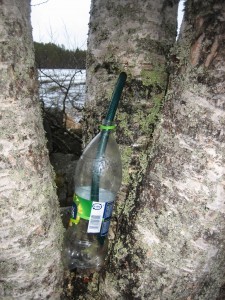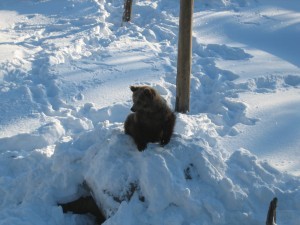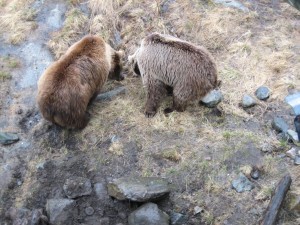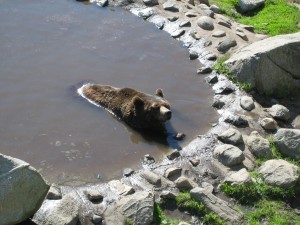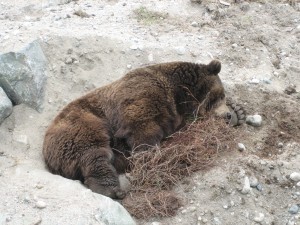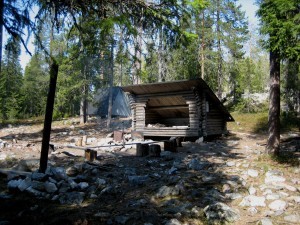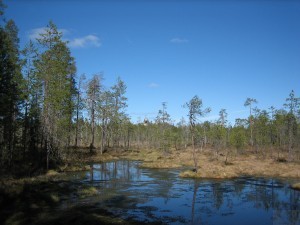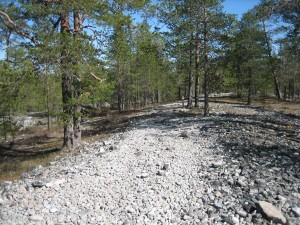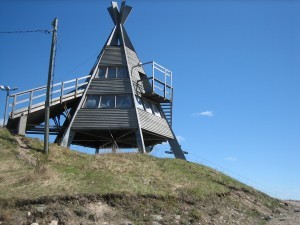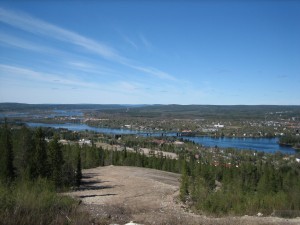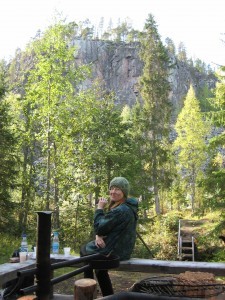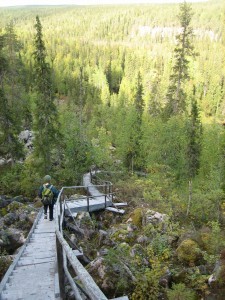Last night, once again, I was admiring the Northern Lights’ green curtain dancing above my head in the dark sky in the middle of the night. The Northern Lights never cease to fascinate me. Every time is unique! There are never two alike Northern lights. Even if there is no wind blowing at all on the place where you stand, the Northern Lights are moving all the time like the wind blows them; sometimes they increase and then again decrease. The next minute they come from another part of the sky and increase rapidly to long green stripes and then again decrease down to a shorter “curtain” of bright green. I have once seen a green Northern Light with a bright red center. That is more unusual.
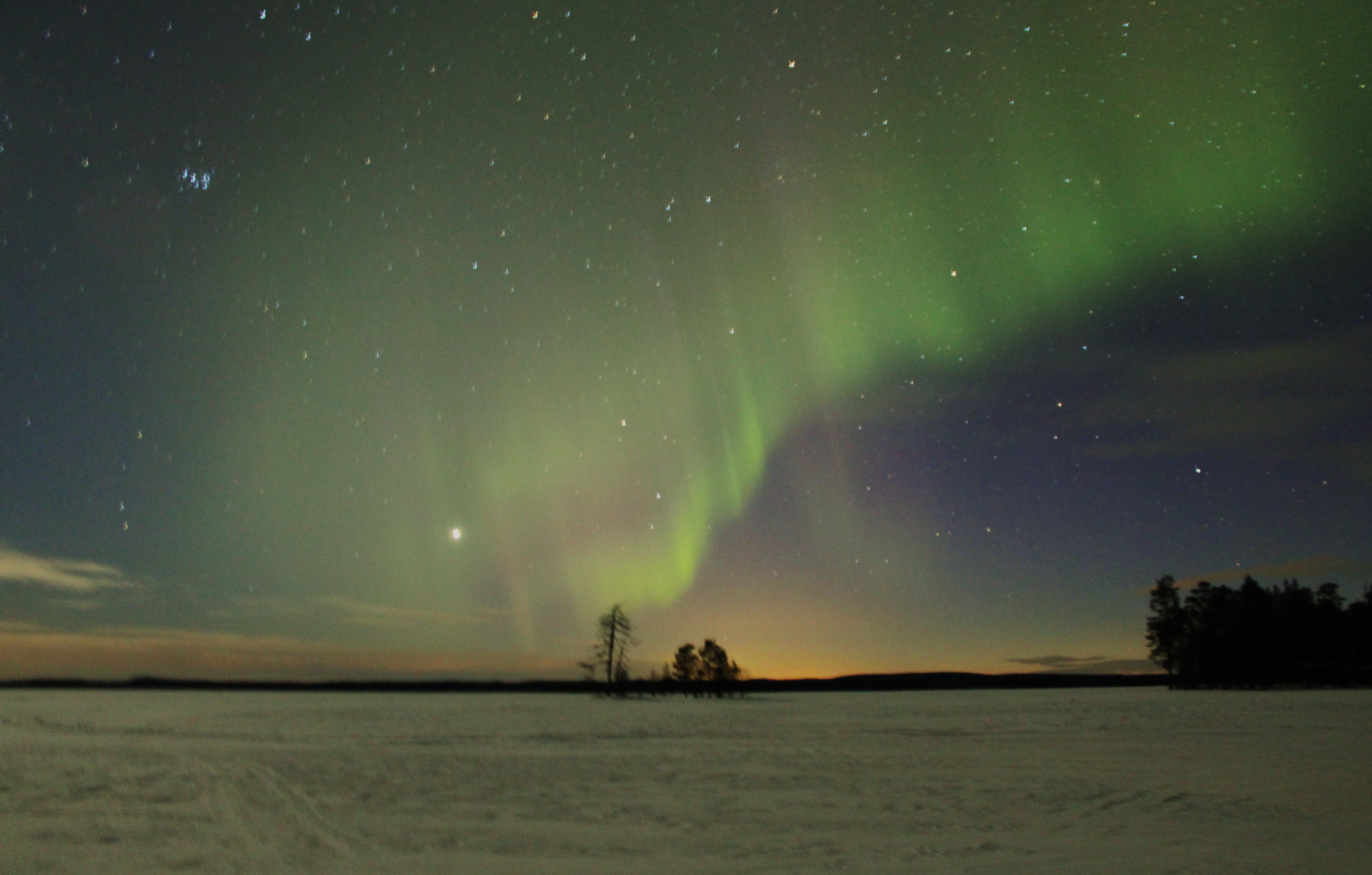
I use to check up with sites that are special Northern Light forecast sites and I also have one of the sites sending me an e-mail when the activity is increasing, so I can move to a place where the possibilities to see Auroras is at their best. The fact is, you cannot see them in a town or city, because of the “light pollution”. There should not be any disturbing lights nearby. The nearer the North Pole you are the more above your head are the Northern Lights. If you look at them from more far away from the North Pole they appear more near the horizon.

Here are some of the sites I use to check up about Northern Lights:
The Sodankylä Geophysical Observatory near Rovaniemi is making observations and statistics over Northern Lights and I often check up their home page. This is, however, not a forecast site. It is more like statistics of how frequent the Auroras have been last night, for example. The space weather prediction center gives you more a hint of what is to be expected the next hours and The Geophysical Institute of Alaska can give you quite exact predictions of upcoming Northern Lights.
Soft serve news is also a very good site with information about Auroras and it also provides you with links to predictions sites.
When you want to be sure about when to go aurora hunting, you can also use the Aurora Alert service. It is most reliable in the Rovaniemi area. Aurora Alert uses its own magnetometers, situated in Rovaniemi and it takes the weather and the cloudiness into account as well. It notifies you immediately when the auroras are visible in the skies. You can subscribe to the text message or download the application for your iPhone. This service is not free of charge.

See Auroras by taxi
In Rovaniemi the taxi drivers are also trained in predicting auroras. It is possible to order an aurora taxi for a trip to a place where it is possible to see the auroras. As there are several bus excursions in the evenings to see the auroras, the taxi service is easier if you don’t want to join the group excursion. All taxi drivers in Rovaniemi are supposed to be able to tell about the auroras.
See Auroras by plane
Often the auroras are dancing in the skies, but they are difficult to see because there is a cloudy sky. Now there is a solution for that. Northern Light flight service by Wild Nordic takes you above the clouds in a small plane, if you wish.
So, what is exactly the phenomenon Northern Lights or the Auroras? The bright dancing lights of the aurora are actually collisions between electrically charged particles from the sun that enter the earth’s atmosphere. The lights are seen above the magnetic poles of the northern and southern hemispheres. They are known as ‘Aurora borealis’ in the north and ‘Aurora australis’ in the south.
The Northern Lights appear in many colors although pale green and pink are the most common. Shades of red, yellow, green, blue, and violet have been reported. The lights appear in many forms from patches or scattered clouds of light to streamers, arcs, rippling curtains or shooting rays that light up the sky with an eerie glow.
Northern Lights can be seen in the northern or southern hemisphere, in an irregularly shaped oval centred over each magnetic pole. The lights are known as ‘Aurora borealis’ in the north and ‘Aurora australis’ in the south.
Where is the best place to see Auroras? Areas that are not subject to ‘light pollution’ are the best places to watch for the lights. There should be a clear sky, mostly in a cold winter night. Winter in the north is generally a good season to view lights. The long periods of darkness and the frequency of clear nights provide many good opportunities to watch the Auroras in Lapland. Usually the best time of night (on clear nights) to watch them is local midnight.
Researchers have also discovered that auroral activity is cyclic, peaking roughly every 11 years. The year, 2013, was a peak period.
The Northern Lights are actually the result of collisions between gaseous particles in the Earth’s atmosphere with charged particles released from the sun’s atmosphere. Variations in color are due to the type of gas particles that are colliding. The most common Northern Light color, a pale yellowish-green, is produced by oxygen molecules located about 60 miles above the earth. Rare, all-red auroras are produced by high-altitude oxygen, at heights of up to 200 miles. Nitrogen produces blue or purplish-red aurora.




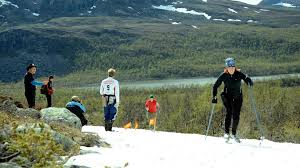



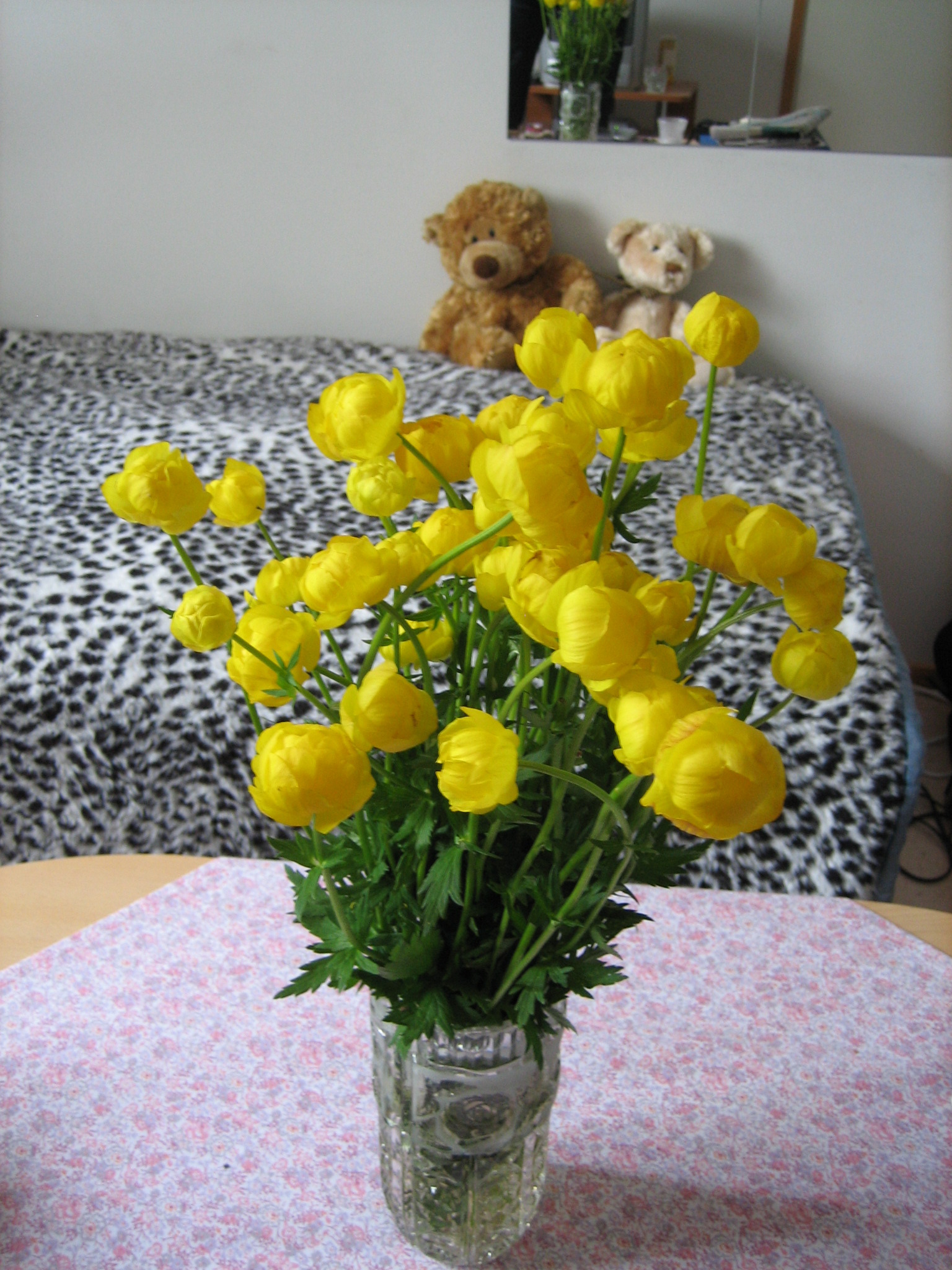
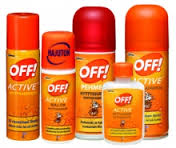


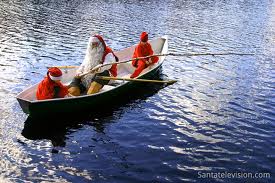
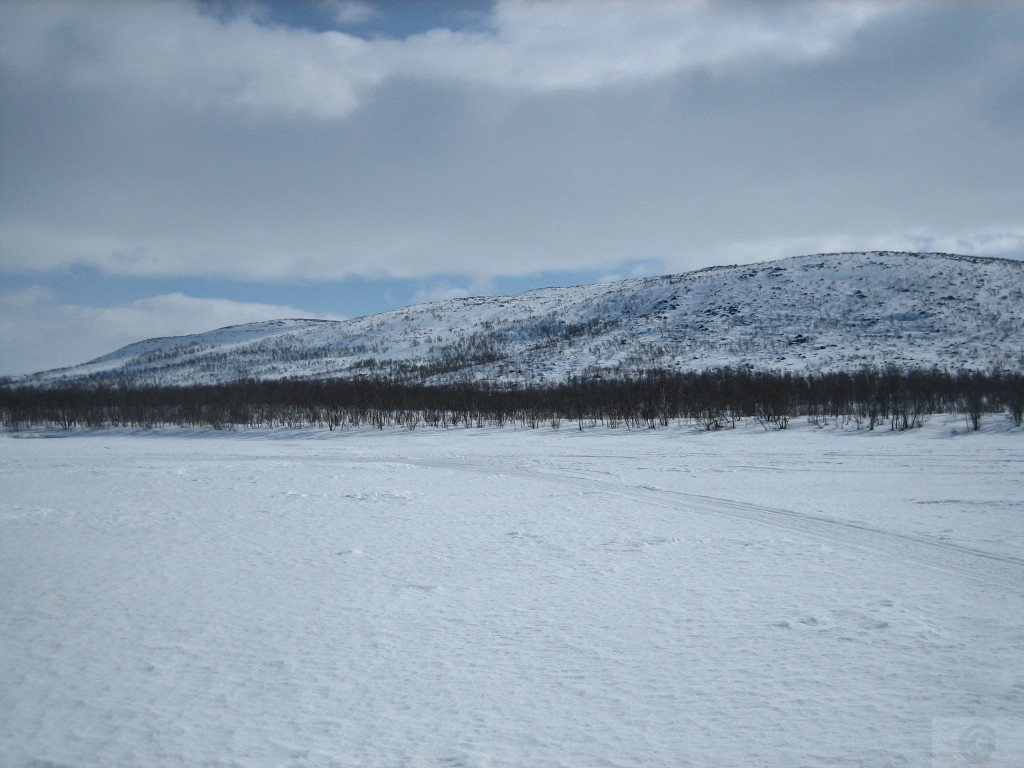
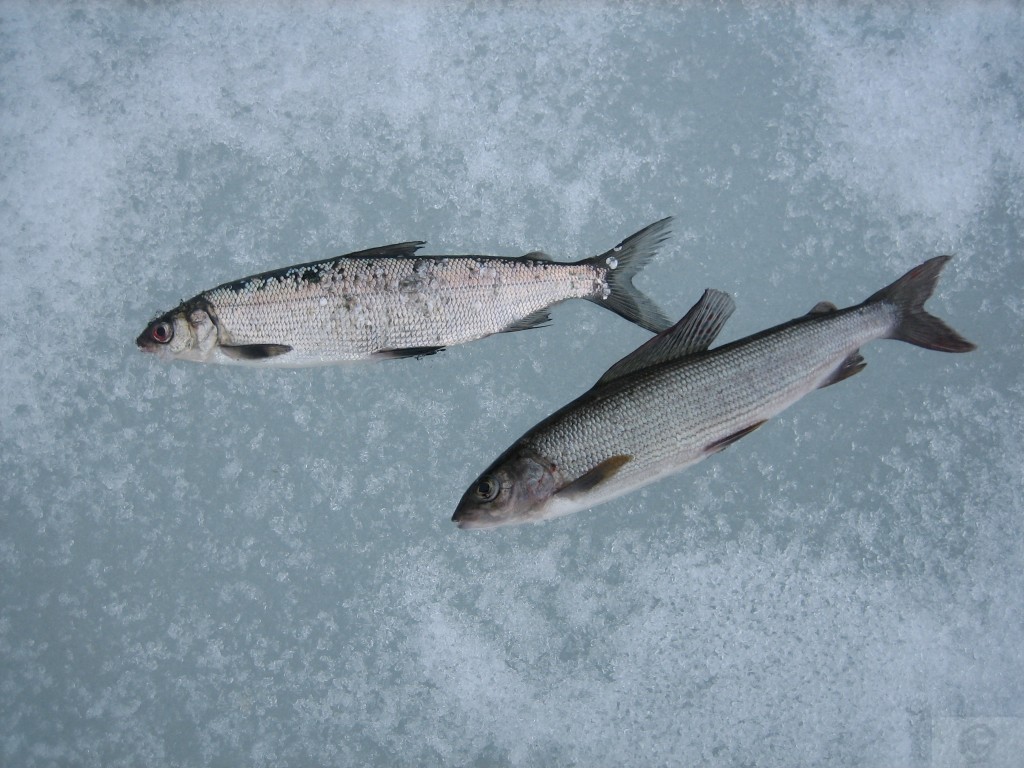
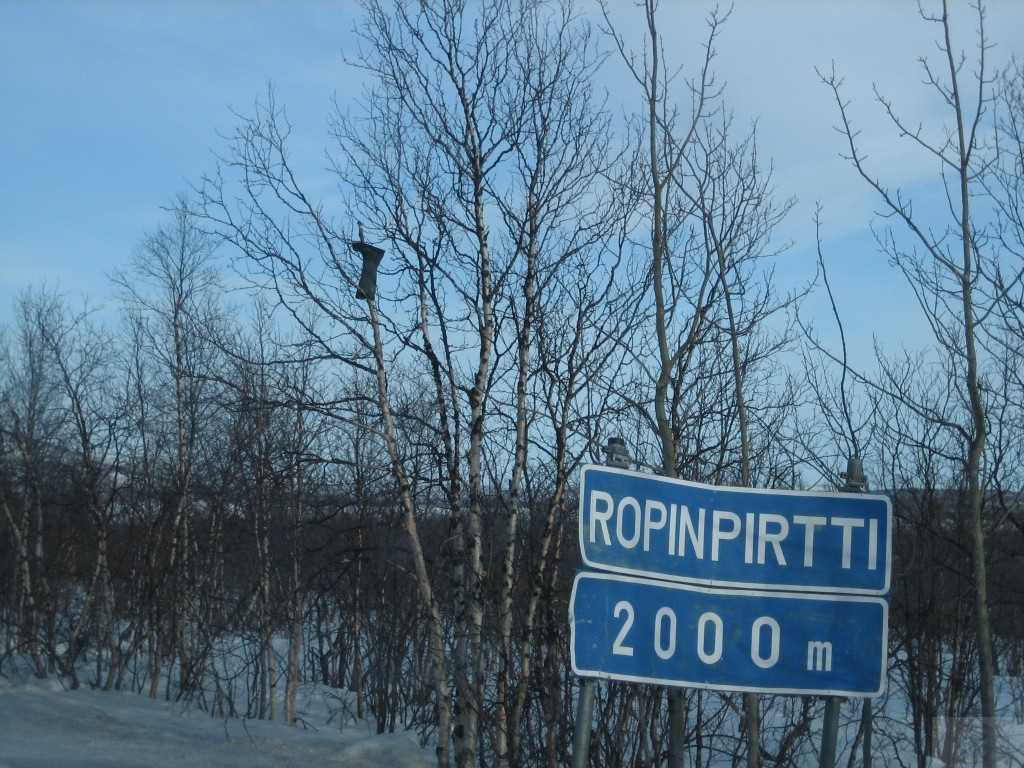
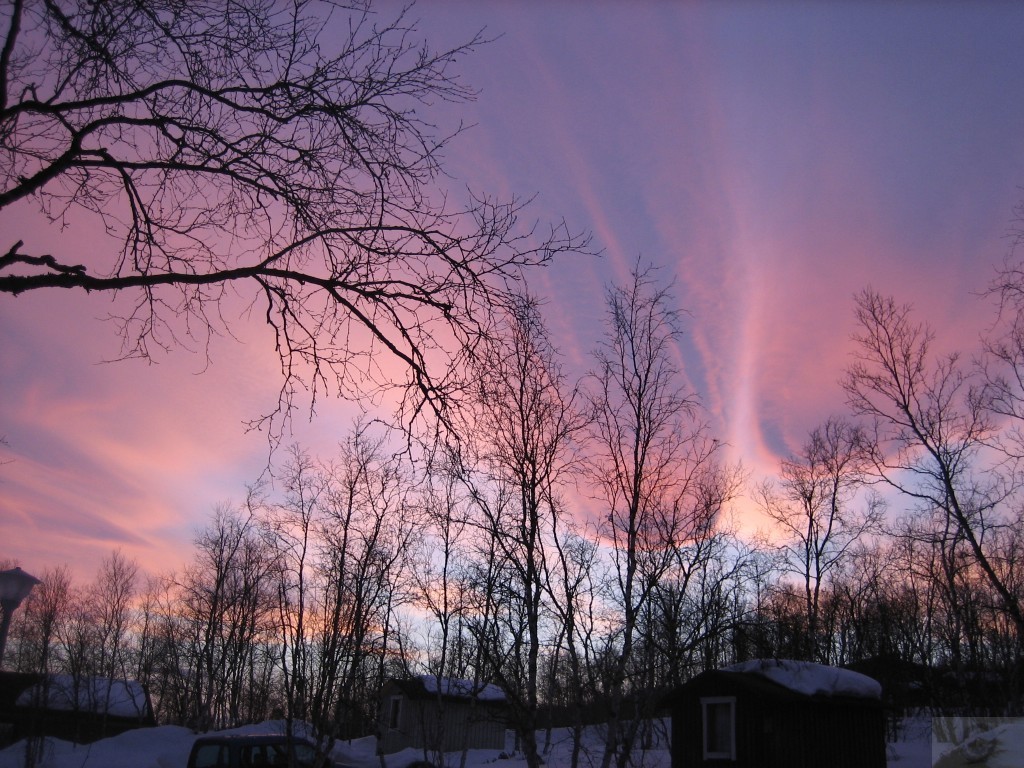
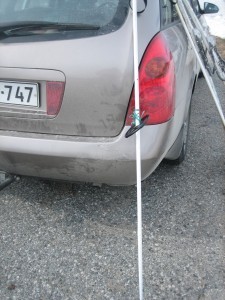
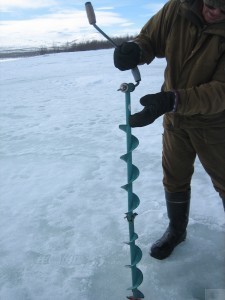
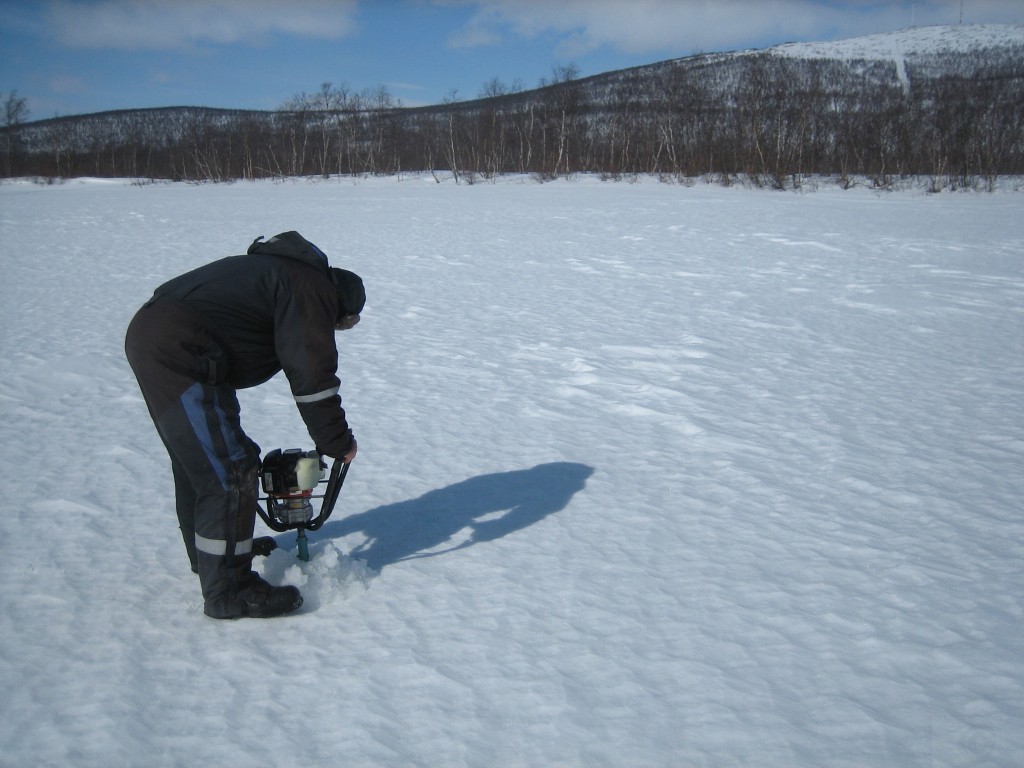
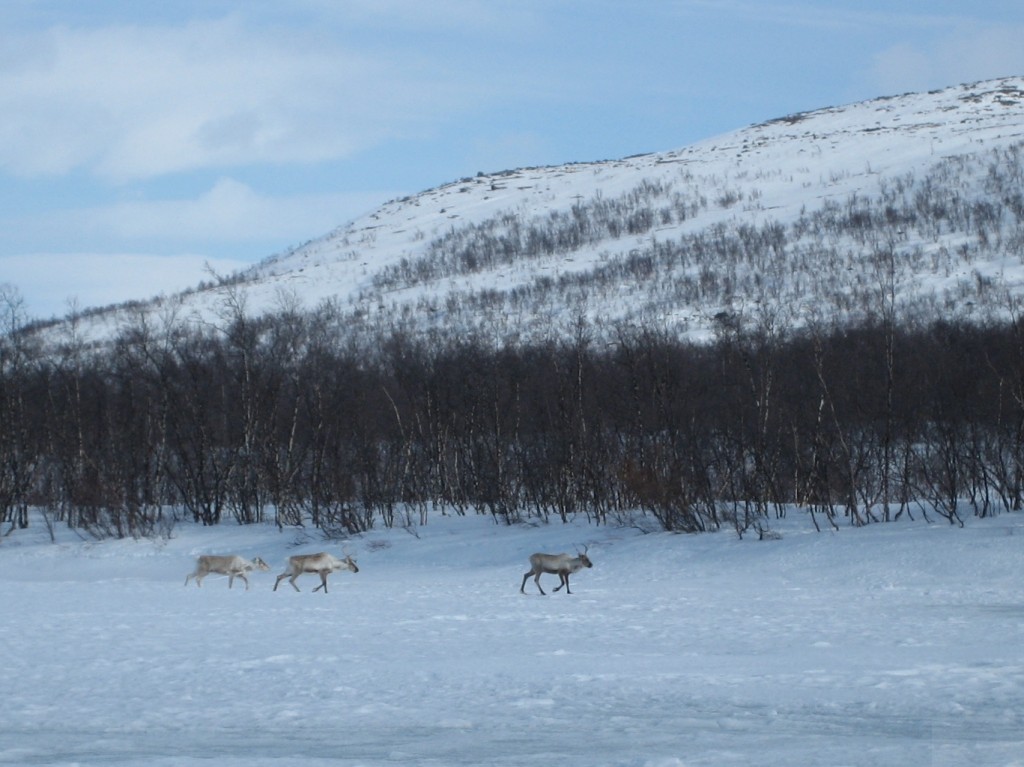
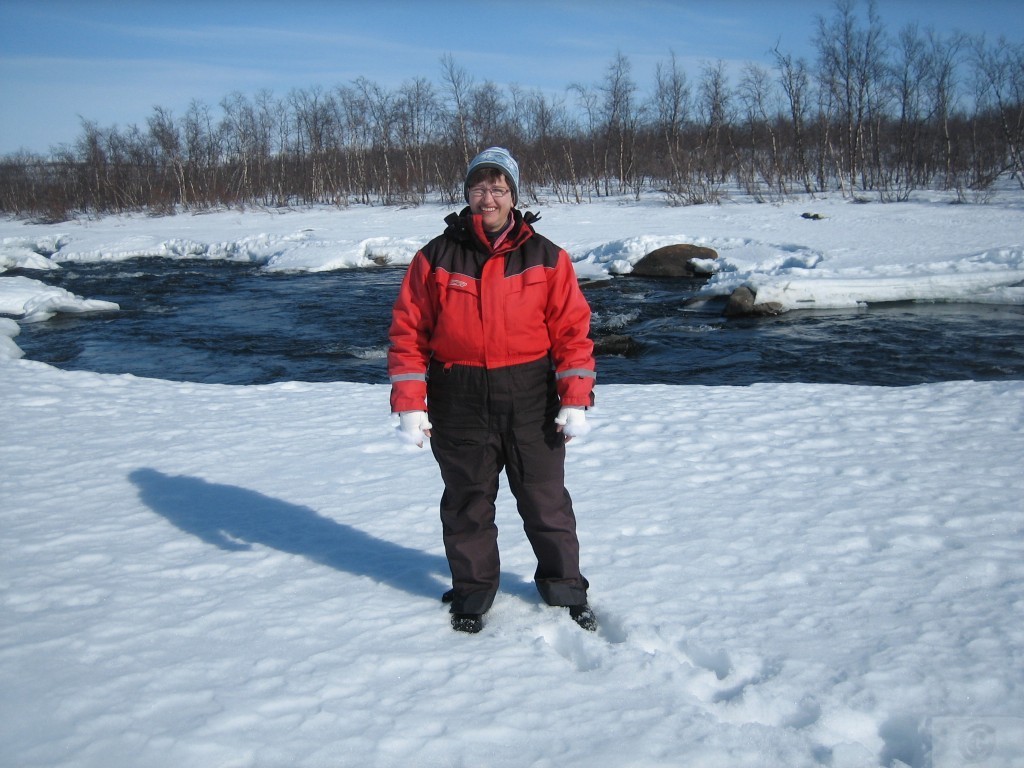
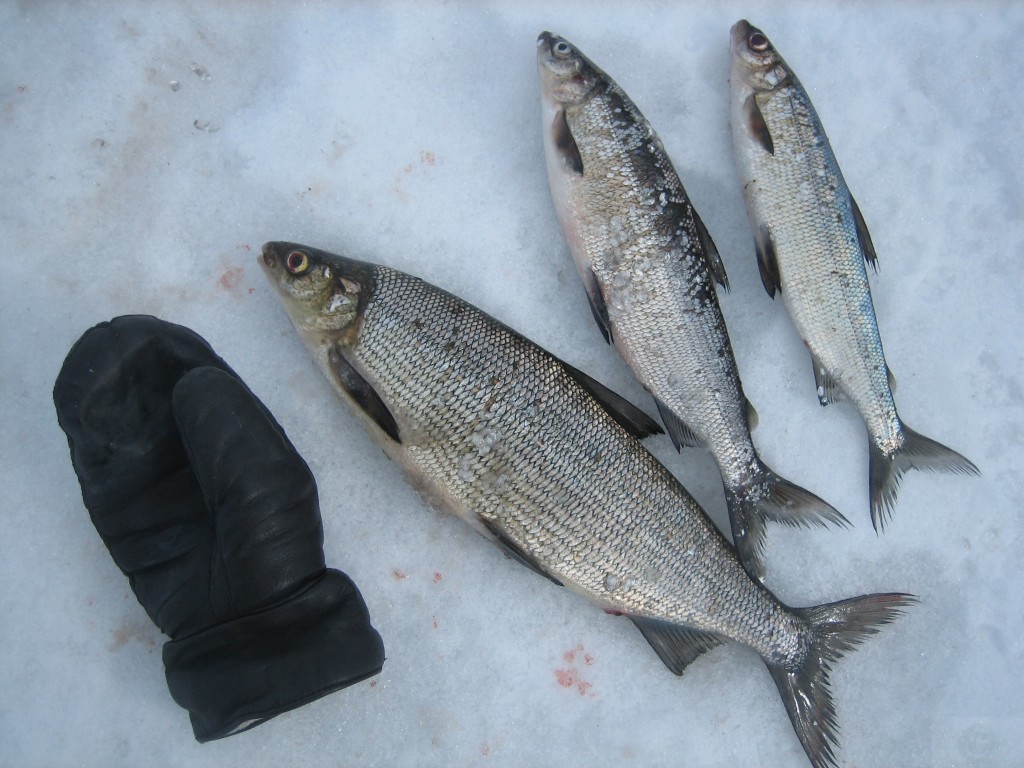
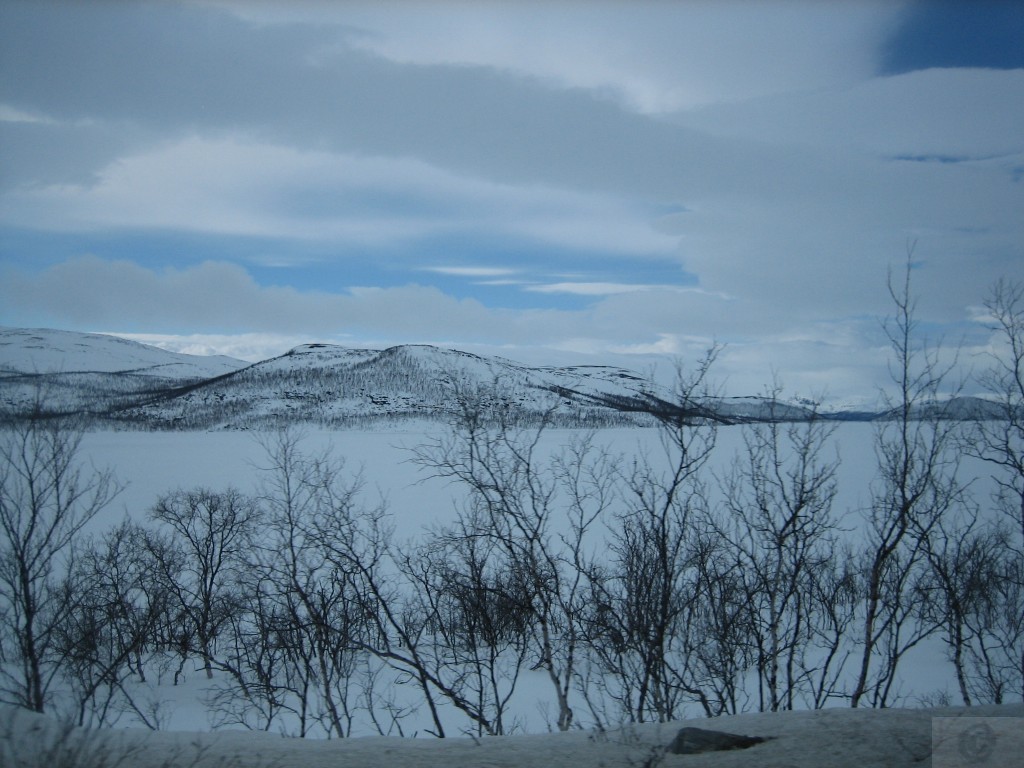
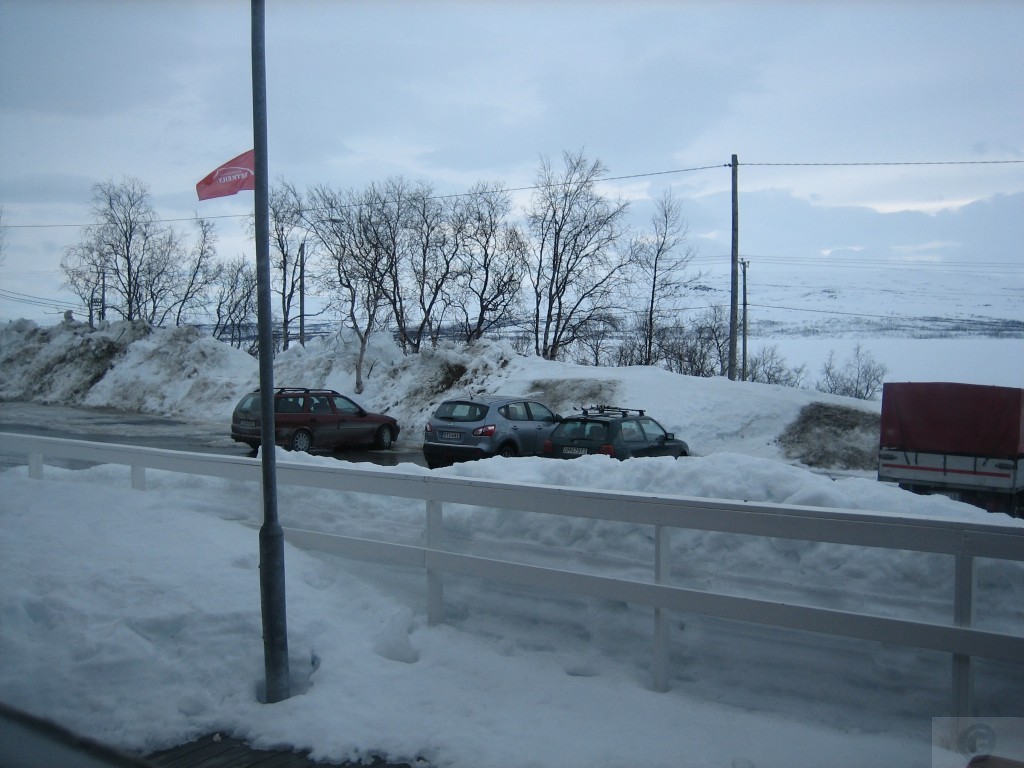
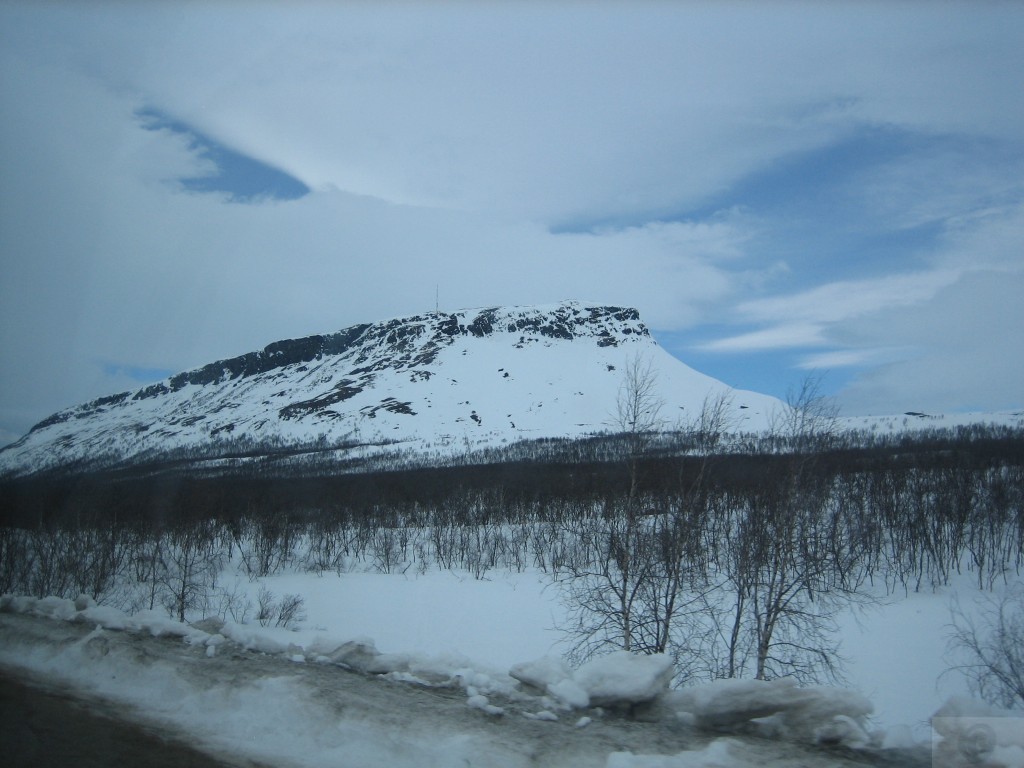
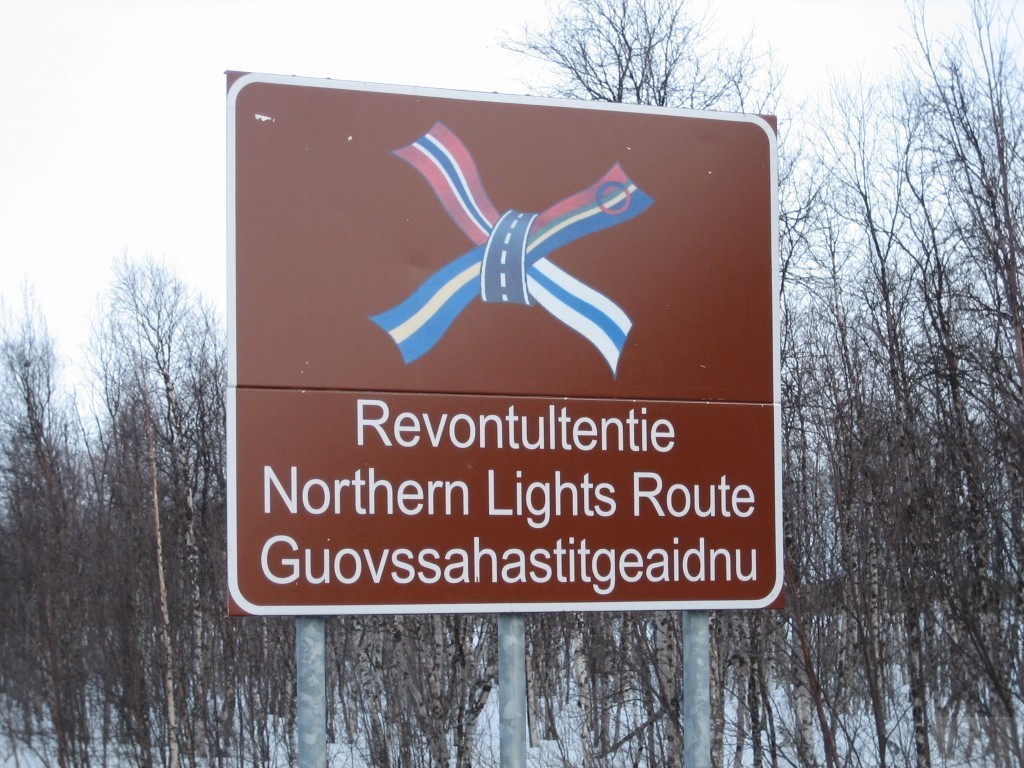



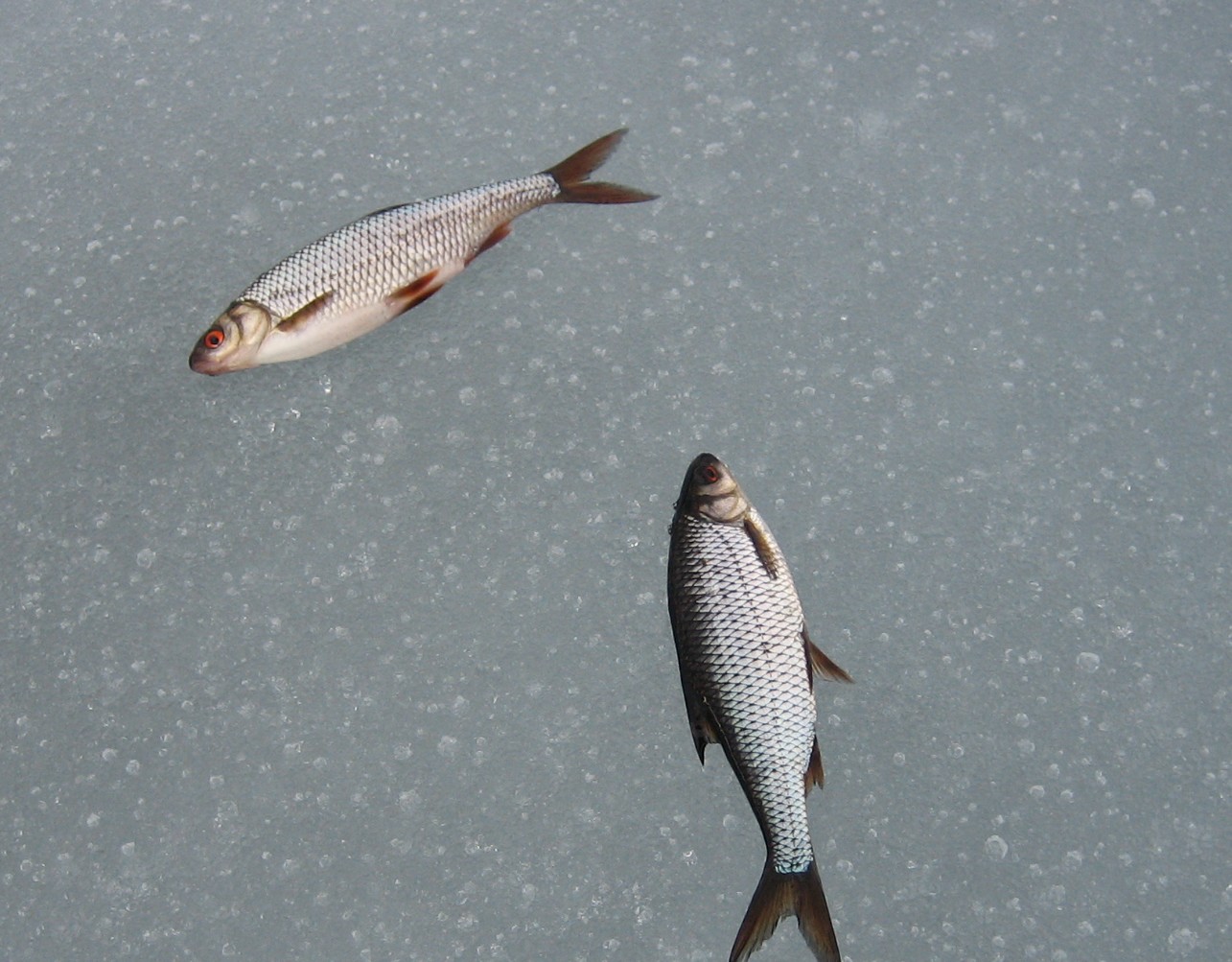







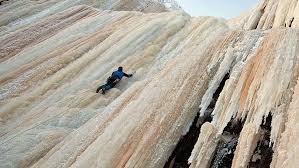





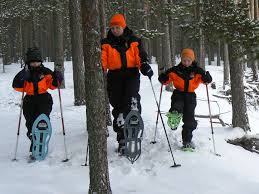
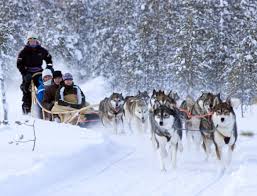




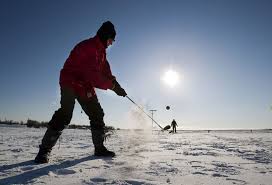
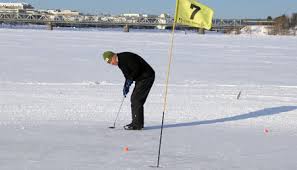







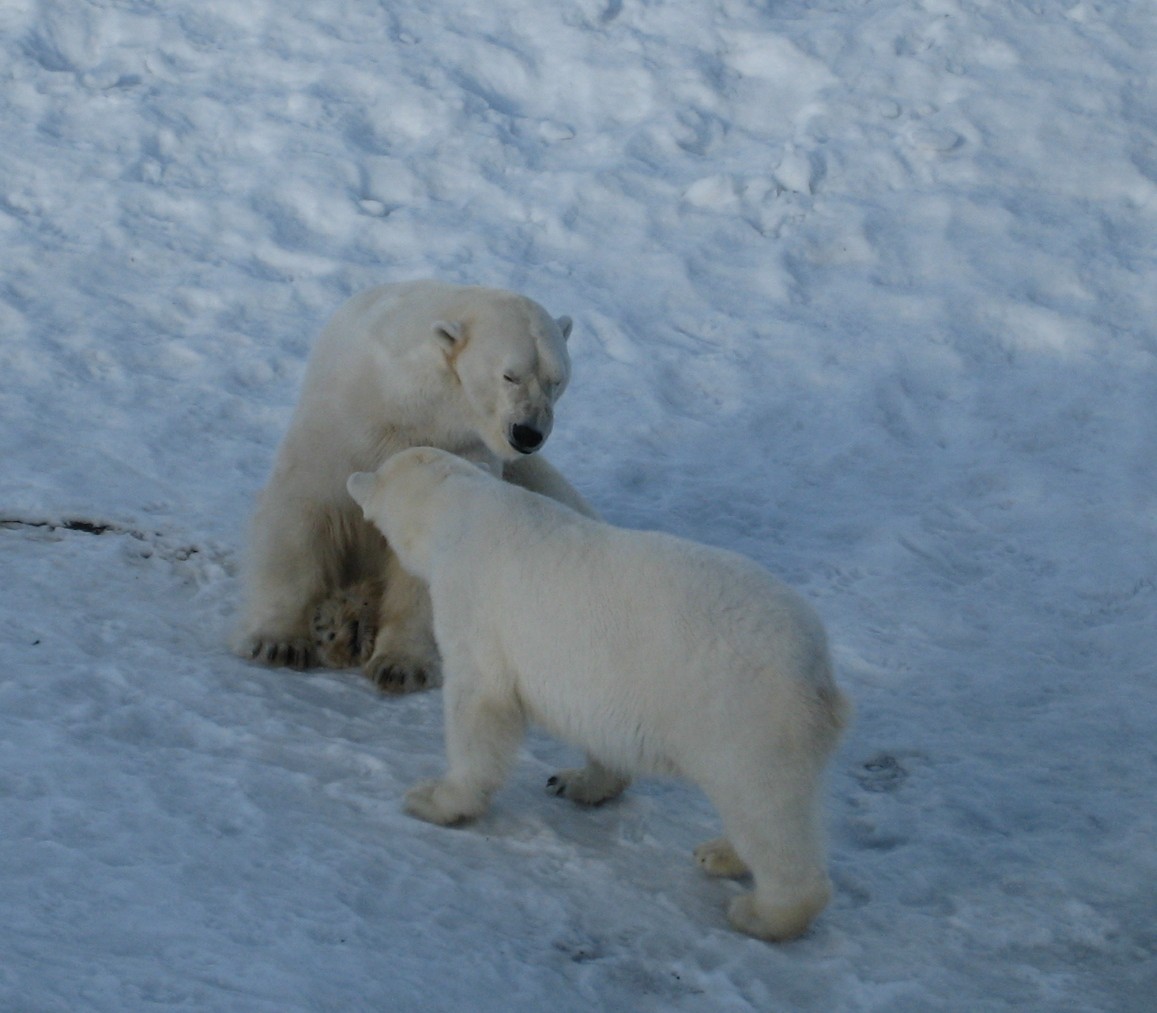





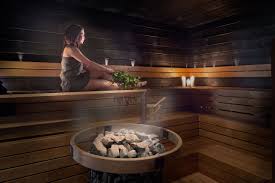
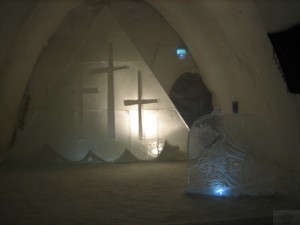
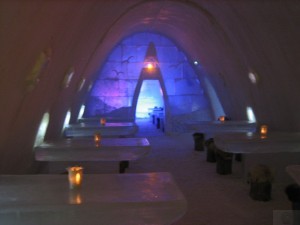
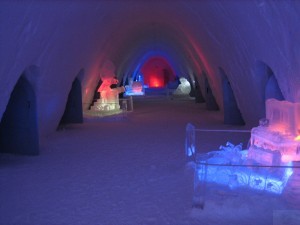
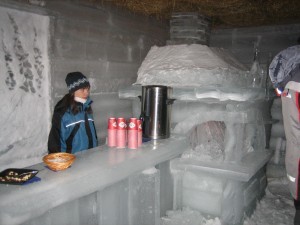


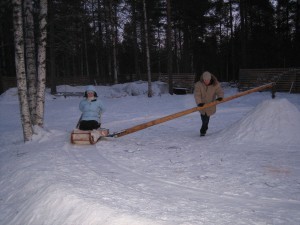
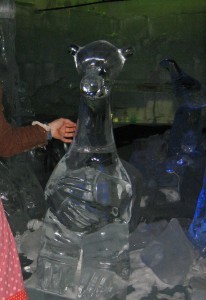
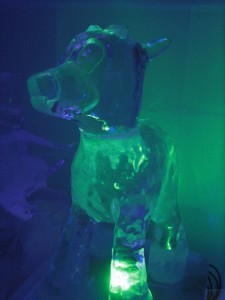
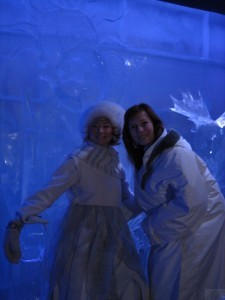
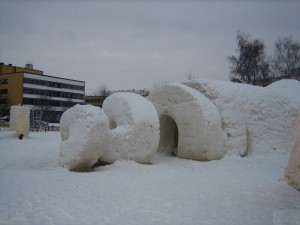
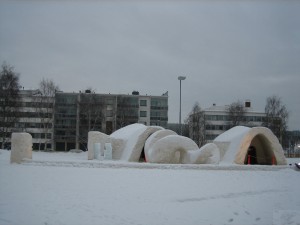

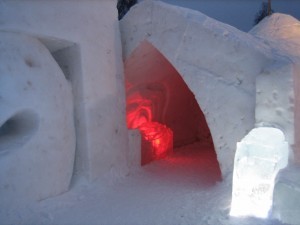
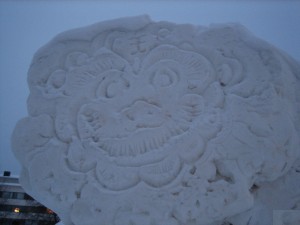
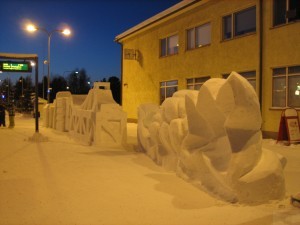
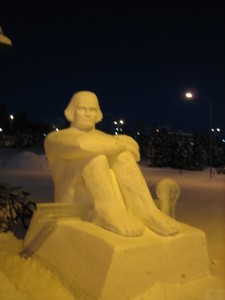
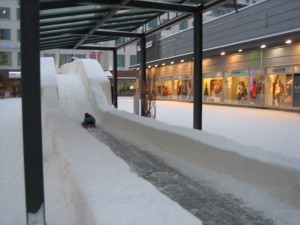
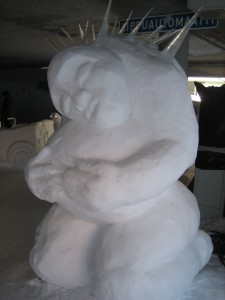
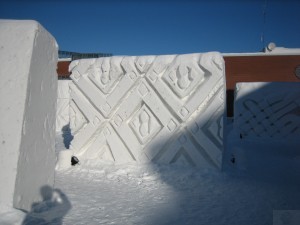

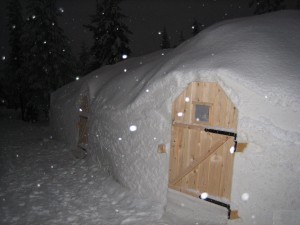




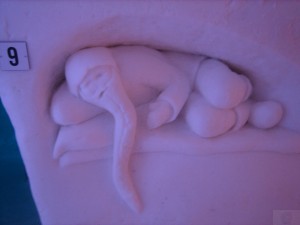
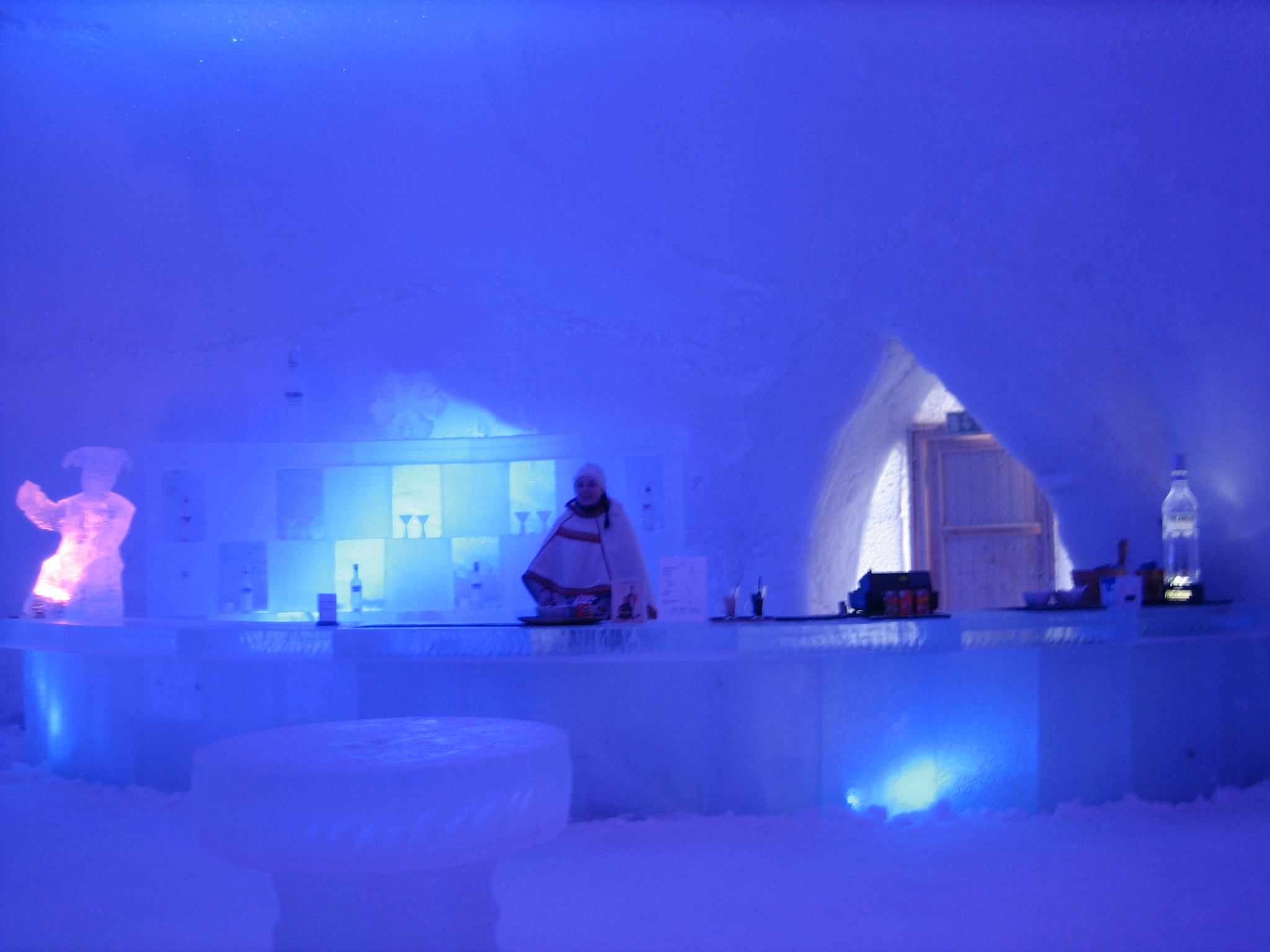

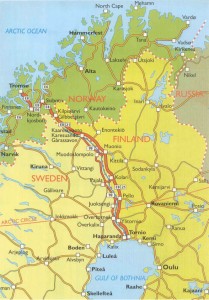
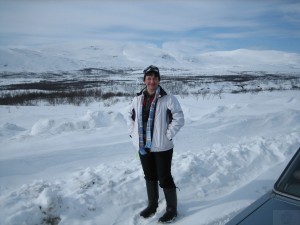
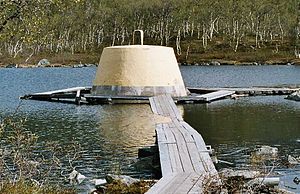 The name can be translated into English as “Three-Country Cairn”, and is named for the monument of stones erected in 1897 by the governments of Norway and Russia (which was administering Finland at that time). The Swedish could not agree on a boundary commission with the Norwegians and did not bring their stone until 1901. This is Sweden’s most northerly point and it is the westernmost point of the Finnish mainland.
The name can be translated into English as “Three-Country Cairn”, and is named for the monument of stones erected in 1897 by the governments of Norway and Russia (which was administering Finland at that time). The Swedish could not agree on a boundary commission with the Norwegians and did not bring their stone until 1901. This is Sweden’s most northerly point and it is the westernmost point of the Finnish mainland.
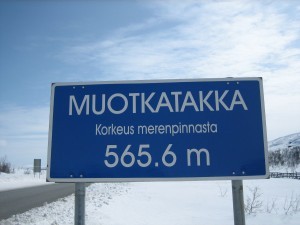
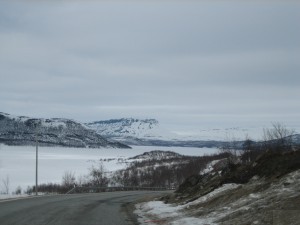

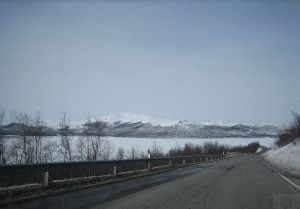
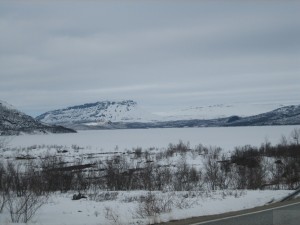
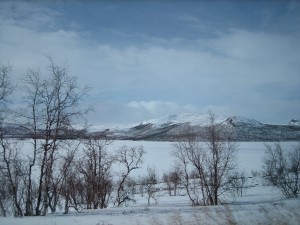
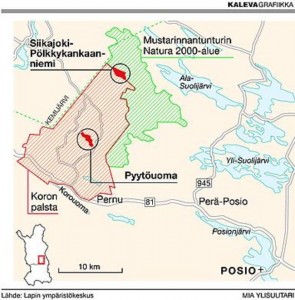
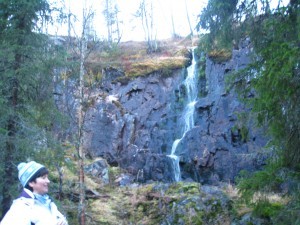
 To find this Pyytöuoma, you drive by car along road nr 81 from Rovaniemi towards
To find this Pyytöuoma, you drive by car along road nr 81 from Rovaniemi towards 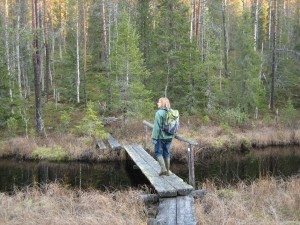
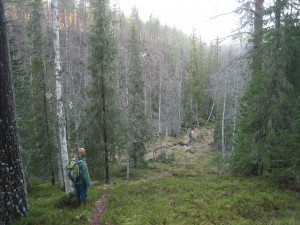
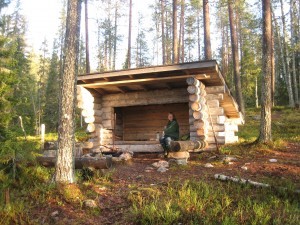
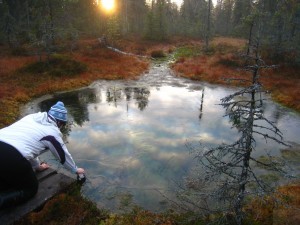
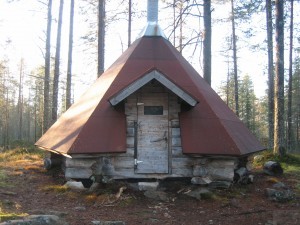
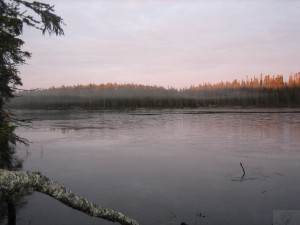
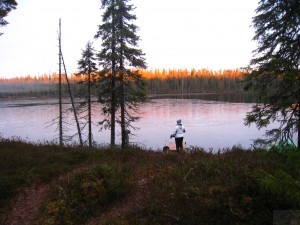
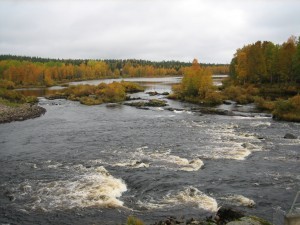
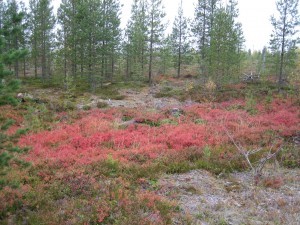 his phenomenon starts when the daylight hours decrease and the weather gets colder. Plants start to prepare for the long winter, the chlorophyll starts to move from the leaves into the branches, trunk and roots and this makes the colour cells in the leaves glow. The more the night-time temperatures fall below zero and the drier the weather, the more vibrant the array of colour. The birch turns a gentle shade of yellow, aspen turns red, and the leaves of blueberry and bog bilberry shrubs turn bright red.
his phenomenon starts when the daylight hours decrease and the weather gets colder. Plants start to prepare for the long winter, the chlorophyll starts to move from the leaves into the branches, trunk and roots and this makes the colour cells in the leaves glow. The more the night-time temperatures fall below zero and the drier the weather, the more vibrant the array of colour. The birch turns a gentle shade of yellow, aspen turns red, and the leaves of blueberry and bog bilberry shrubs turn bright red.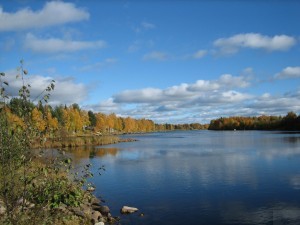
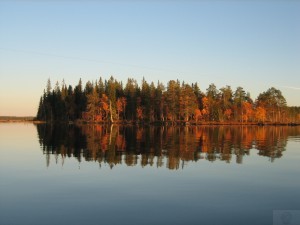
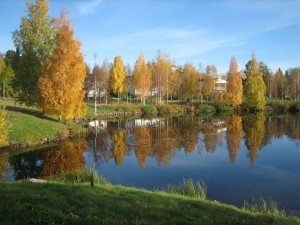
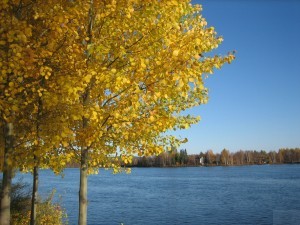
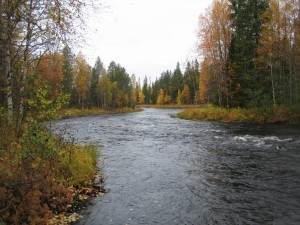


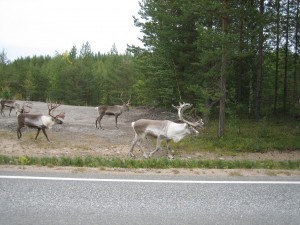
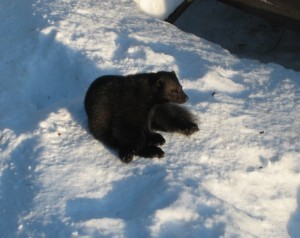
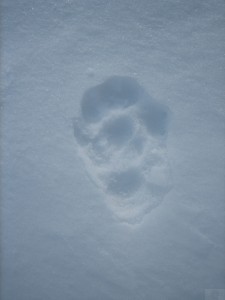
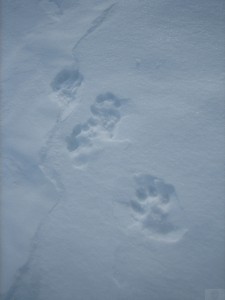
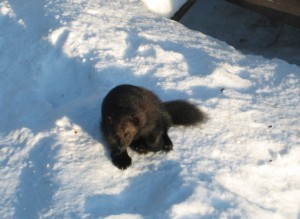

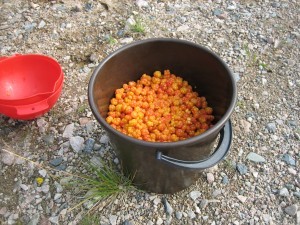
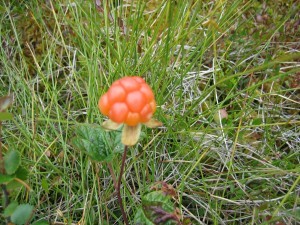
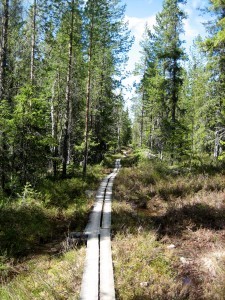

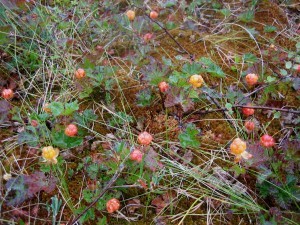

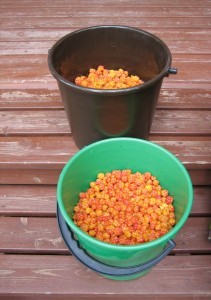
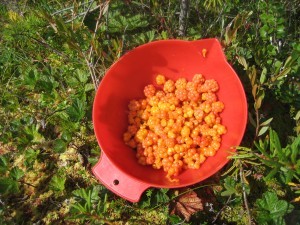
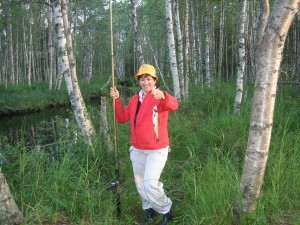
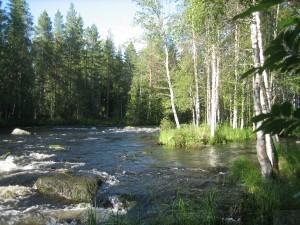
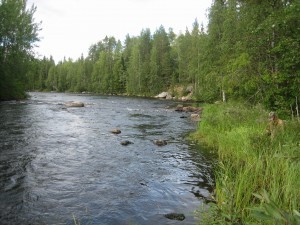
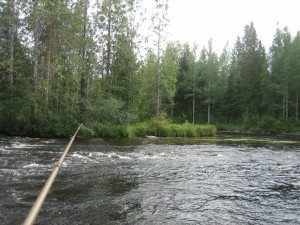
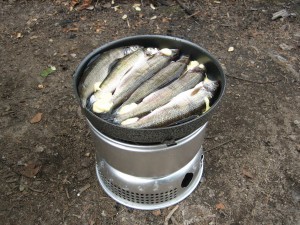
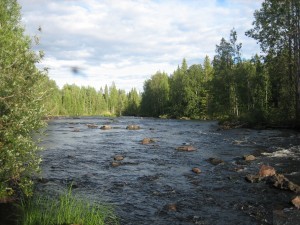

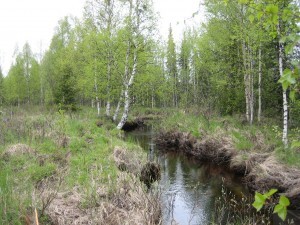
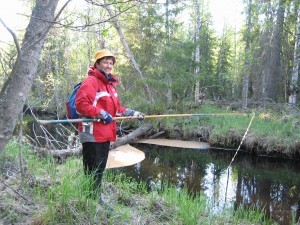
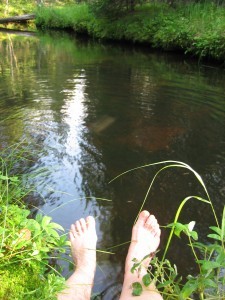
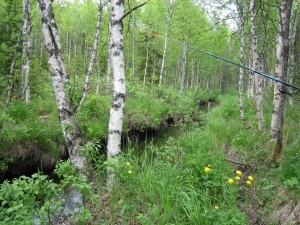
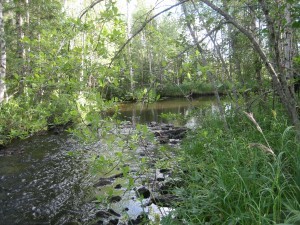
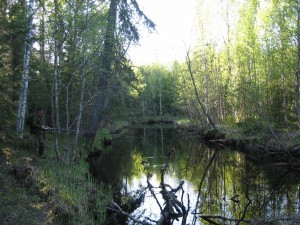
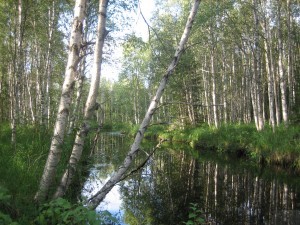
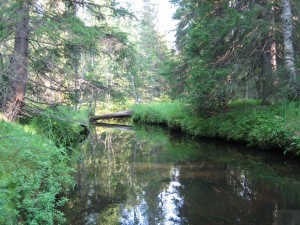
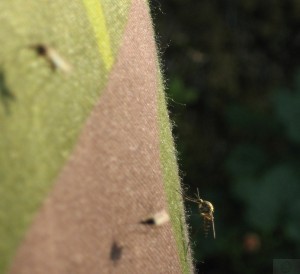
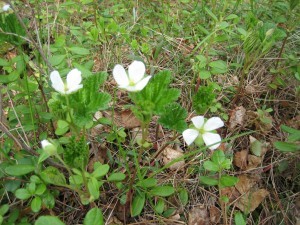


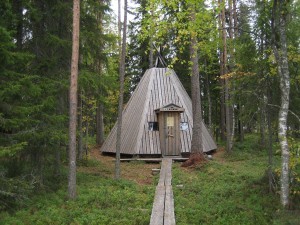

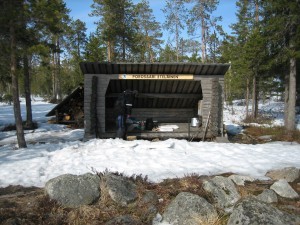
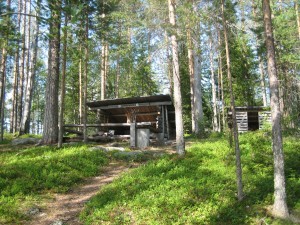

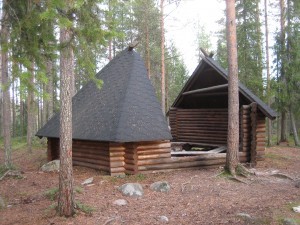
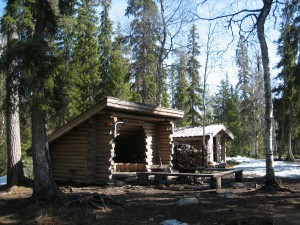

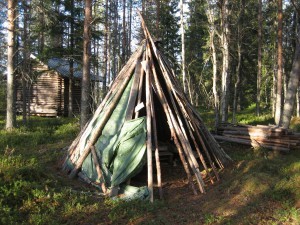
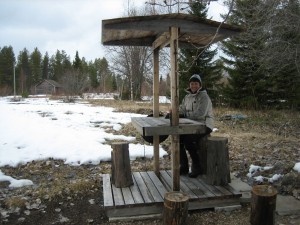

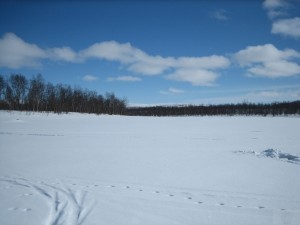
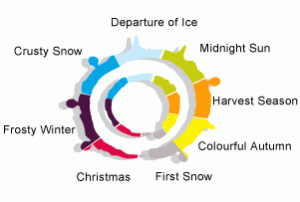 Winter (December to April)
Winter (December to April)
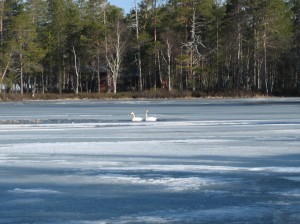 The same thing concerns the Swans (Cygnus cygnus). They migrate from Europe to Lapland in a time when there is only smaller parts of lakes or rivers open and free from ice. Then they spend time in the open water areas for weeks waiting for the ice to melt more and more around them.
The same thing concerns the Swans (Cygnus cygnus). They migrate from Europe to Lapland in a time when there is only smaller parts of lakes or rivers open and free from ice. Then they spend time in the open water areas for weeks waiting for the ice to melt more and more around them.